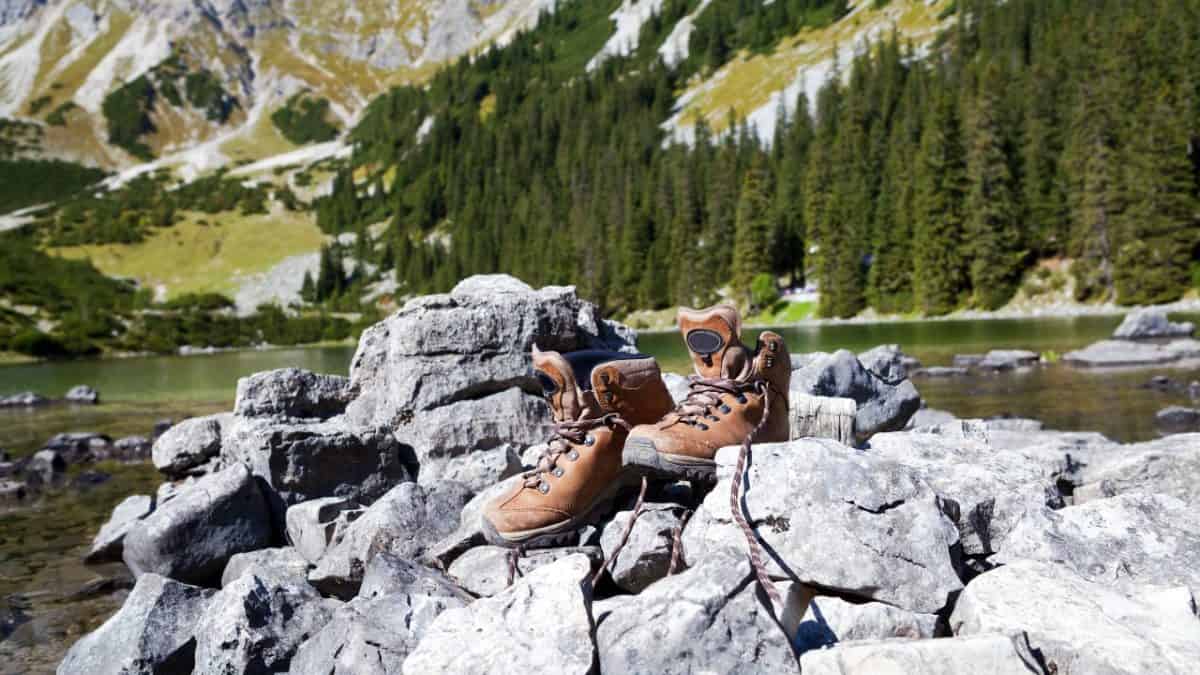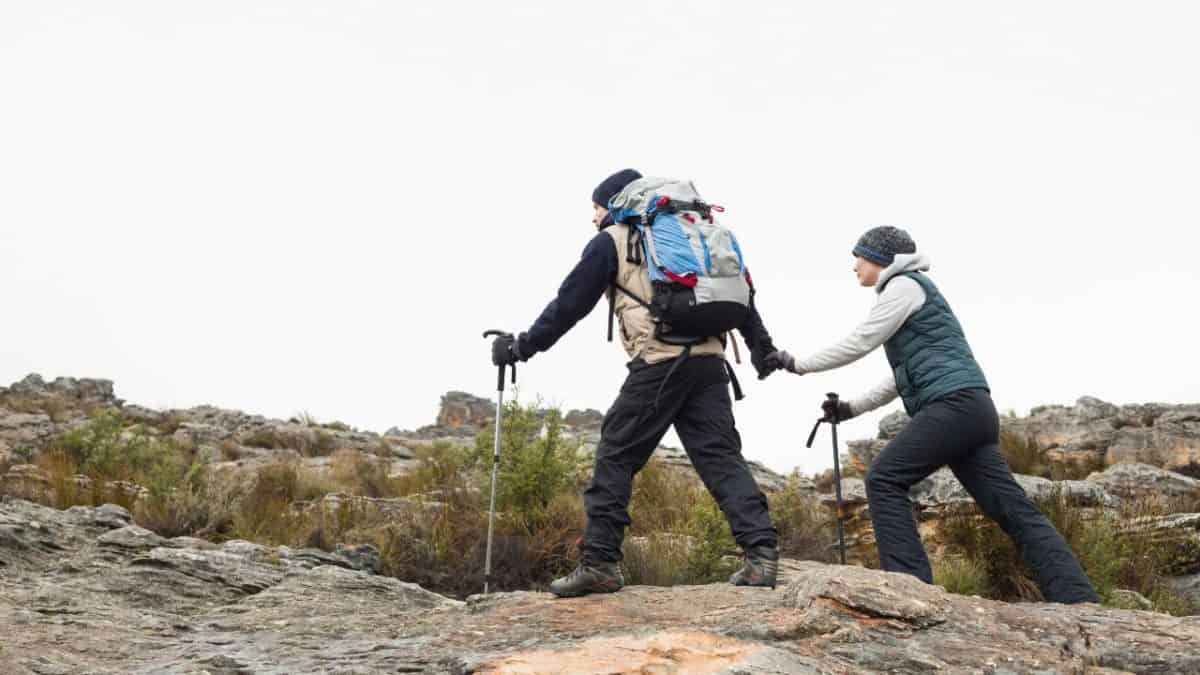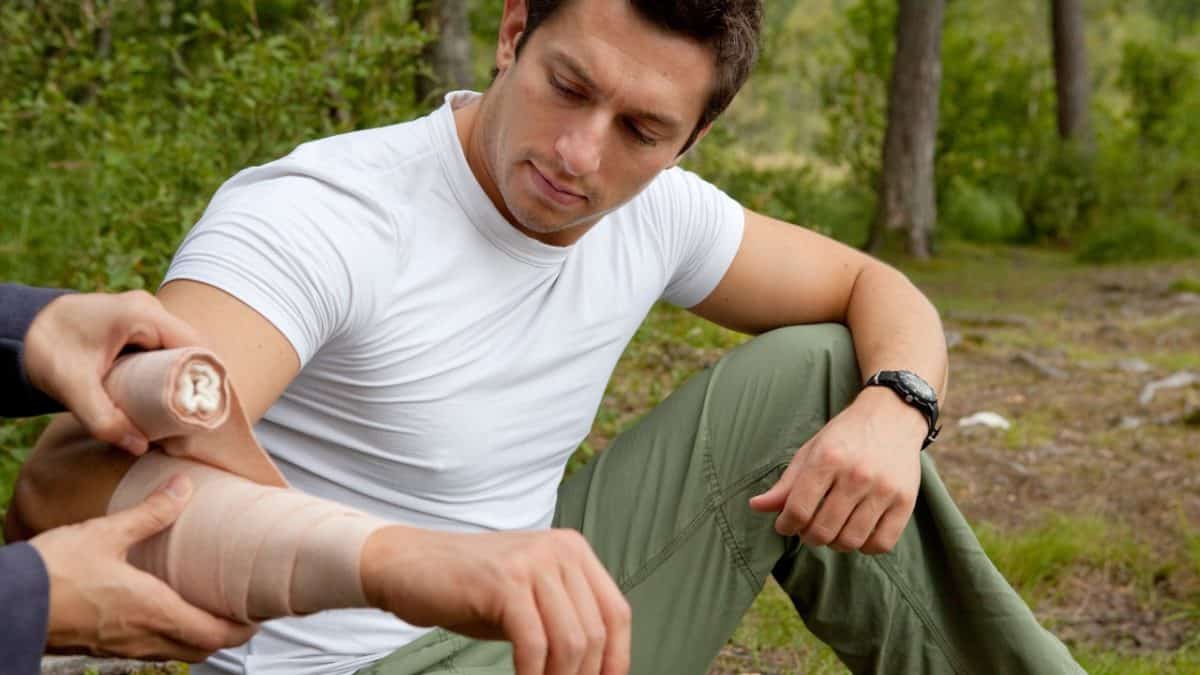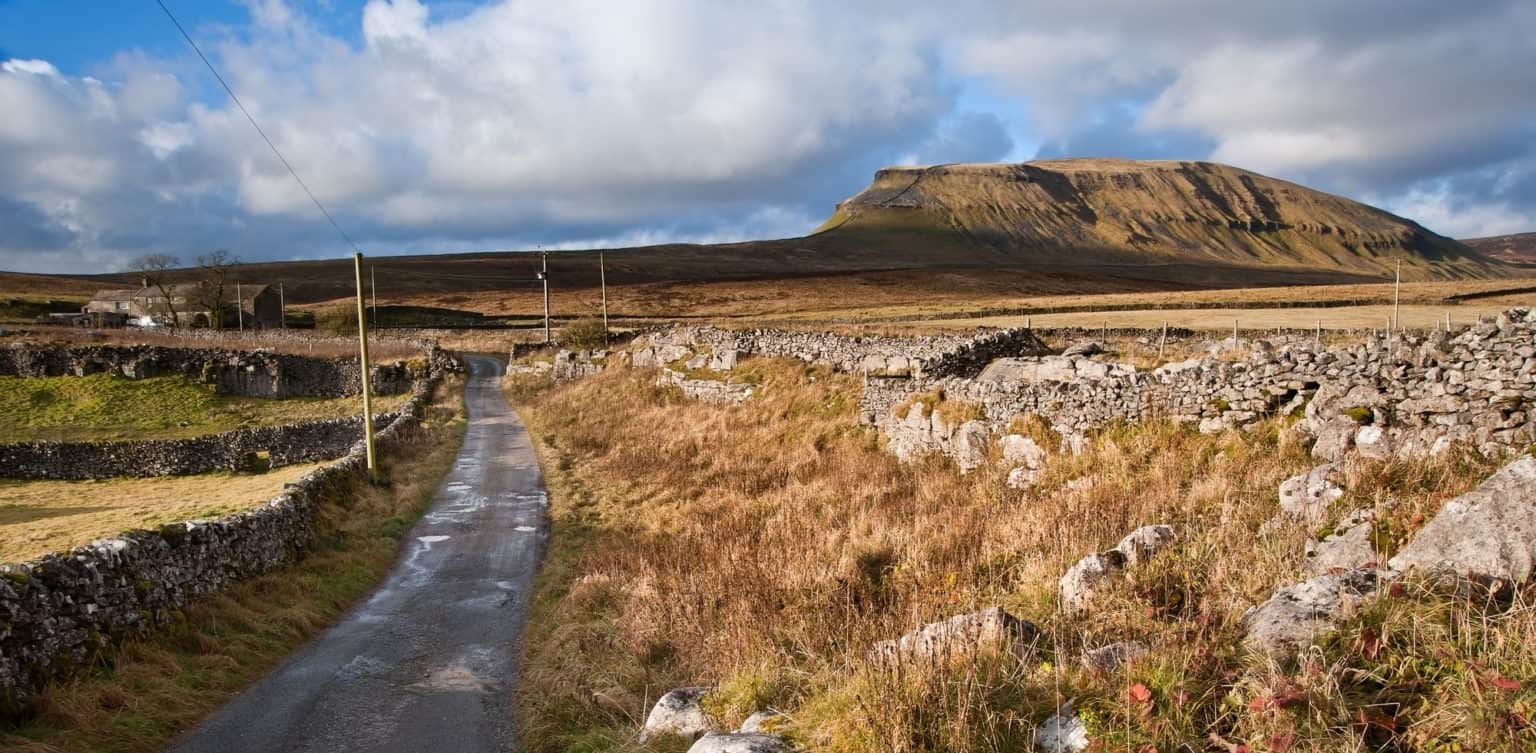Stretching for 268 miles (431 kilometers) from Eden to Kirk Yetholm, the Pennine Way is one of the UK’s best-known and toughest long-distance trekking routes. Still, walking this route is undoubtedly worth the trouble, as it offers breathtaking sights of England’s and Scotland’s countryside and wilderness.
If you’re planning to tackle the whole walk, you’re probably researching what you should bring with you. Truth be told, walking all 268 miles is a serious undertaking and one that requires a lot of equipment. In this article, we’ll be taking a closer look at what exactly you need to pack in order to have an enjoyable, hassle-free time on the world-famous Pennine Way.
Food

The amount of food you’ll be carrying with you should depend on whether you’re planning to camp along the way or not, but there are some great places to eat on the Pennine Way. Obviously, those who decide to sleep under the stars will have to bring more food as well as items such as plates, utensils, pans, and a stove (check out my reviews of camping stoves).
However, even if you decide to sleep in hotels, hostels, and B&Bs along the way, you’ll still have to carry some snacks with you. In order to lighten the load on your back, make sure to carry calorie-dense nibbles and treats.
Water Bottles

Those who decide to walk the Pennine Way absolutely have to get themselves at least two well-made refillable hiking water bottles. Obviously, you will use these to keep yourself hydrated on the route, and hydration is extremely important on a trail that is as long as the Pennine Way is.
Purification tablets are another consideration. While you probably won’t need these on the way, it’s better to be safe than sorry – they can be a true lifesaver when you’re unable to find fresh and clean water.
Clothes
While it’s important to make sure you’re carrying all the clothes you’ll need for this hike, it’s also vital that you pack as light as possible. And to keep your backpack as light as possible, your best option would be to go with garments made out of Merino wool.
If possible, carry as many waterproof clothes as possible (don’t forget a lightweight rain jacket and the rain cover for your backpack, too) since English and Scottish weather is unpredictable and you never know if you’re going to find yourself in the middle of a downpour.
Footwear

For the Pennine Way, you will need a pair of quality hiking shoes – this is an absolute must.
An extremely important thing to mention here is that you’ll have to wear shoes that actually work for you – in other words, a pair of shoes that you’ve already worn for some miles and that have never caused you any issues before.
Opting for a pair of completely new hiking shoes that you don’t have enough experience with is a recipe for disaster. Getting soaked by rain is one thing, but having to deal with blisters and injuries is guaranteed to ruin your whole experience. Check out our guide to planning for the Pennine Way as well.
Trekking Poles

A lot of people underestimate the value of trekking poles. Not only does this type of gear provide trekkers with extra stability, but it also adds balance on uneven ground (which you’ll surely bump into on the Pennine Way) and takes the stress off one’s joints.
The benefits don’t stop there – trekking poles can also help you ward off wild animals and test water depth along the way. Some can even be used as tent poles! So, do yourself (and your knees) a favor and get yourself a pair of quality hiking poles before hitting the Pennine Way.
First-Aid Kit, Map & Compass

Walking over 250 miles on foot is not a joke – there’s a pretty good chance you’re going to need some form of medical care on the way. A good first-aid kit with painkillers, bandages, antiseptic wipes, sewing needles, and butterfly closure strips can literally save your life when you’re miles away from civilization.
While the Pennine Way is well way-marked and goes through many towns and villages, you should still bring a good map and a working compass with you. You won’t get lost on this route, but you may lose a few hours here and there if you don’t know where you’re going.
Camping Equipment (Optional)
Hikers who hike the Pennine Way can be separated into two groups – those who stay in hotels and those who camp along the route. And while camping along the Pennine Way certainly provides a more authentic trekking experience, it also requires you to bring a lot more gear – like a backpacking sleeping bag or cooking equipment.
But even so, you need to make sure that this additional gear is as lightweight and reliable as possible. There’s no need to bring your grandma’s precious tea set – a simple steel mug will do the trick.
Related:
- What should I know about the Pennine Way
- Best time to walk the Pennine Way
- Best long distance trails in England
Other Gear
The gear listed above is absolutely essential for all those planning to walk the Pennine Way. Here’s a list of other items you’ll want to bring with yourself on this trip:
- Plastic whistle
- Rubbish bags
- Flip-flops or Crocs
- Earplugs
- Headlight
- Penknife
- Tick-removal tool
- Bug spray
- Biodegradable soap
- Battery backup
- Spare AA batteries
- Sunscreen
- Small notebook + pen
- Sleeping bag liner
- Hammock
- Adhesive tape
- Hand sanitizer
- Binoculars
- Books or eReader
- Smaller day pack
That’s about it – with these items, you shouldn’t have any trouble completing the Pennine Way and experiencing England (and a bit of Scotland) in the best way possible. Good luck! If you would like to check out other trails in England, read our post on the best alternatives to the Pennine Way.

I love hiking, backpacking, and camping. From the Camino de Santiago to the West Highland Way in Scotland or simply a great day hike on the weekend. Hiking refreshes me, my mind, and keeps my body reasonably fit. So far I have walked three Camino routes and many other long distance hikes in the UK, Canada, and around the rest of Europe. One of the best was my hike up Ben Nevis.

